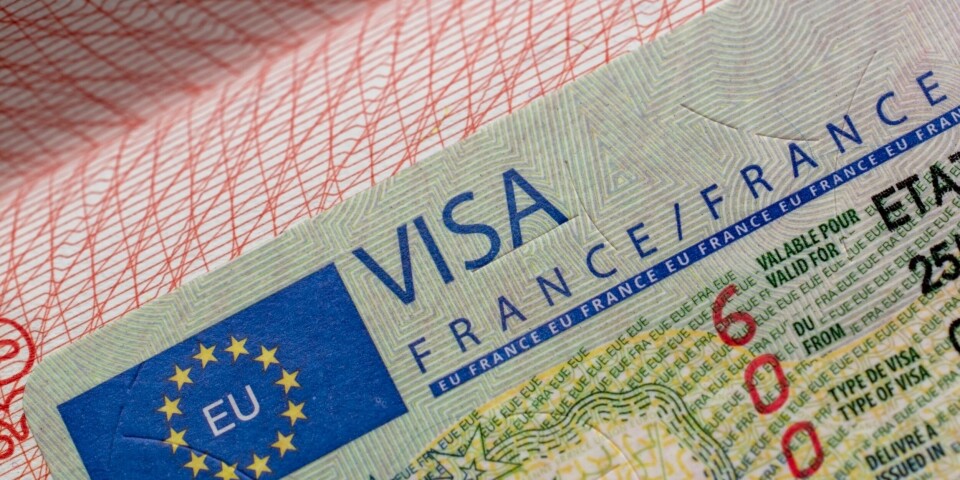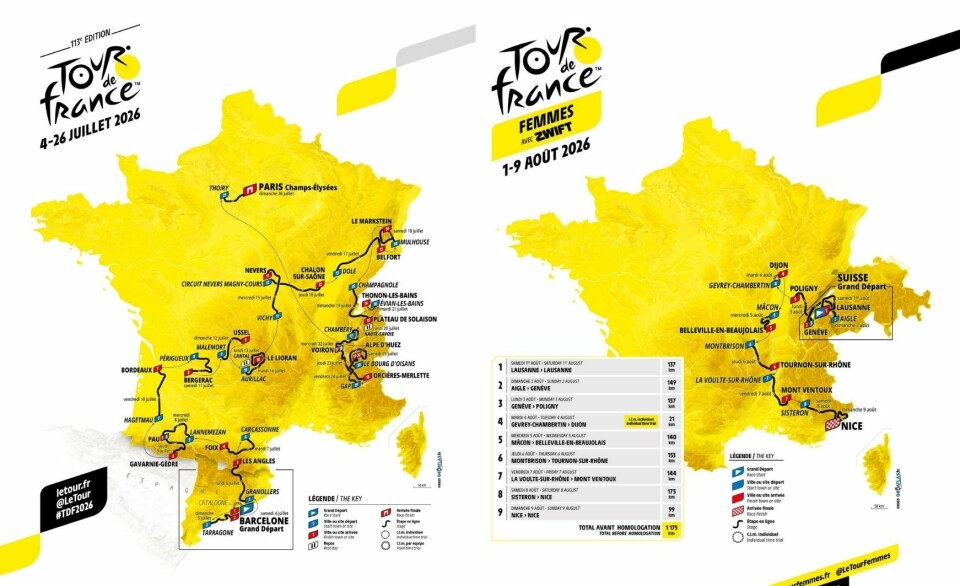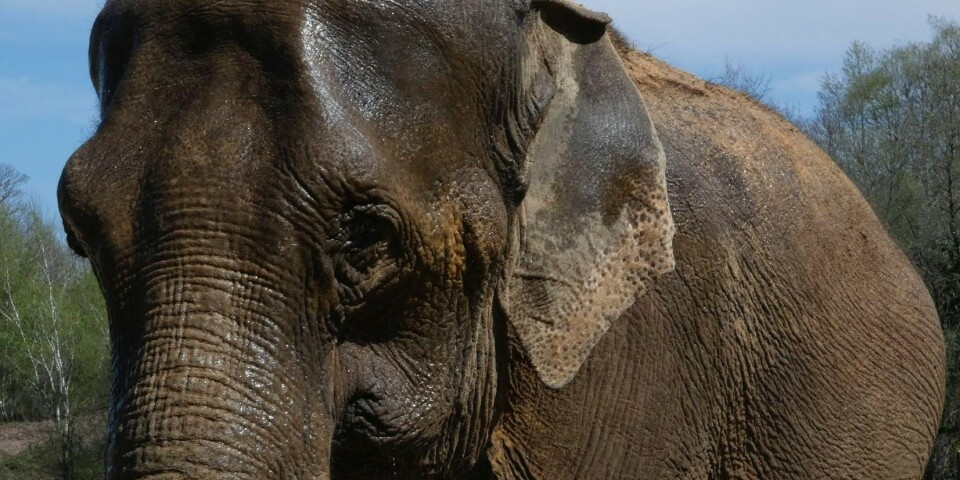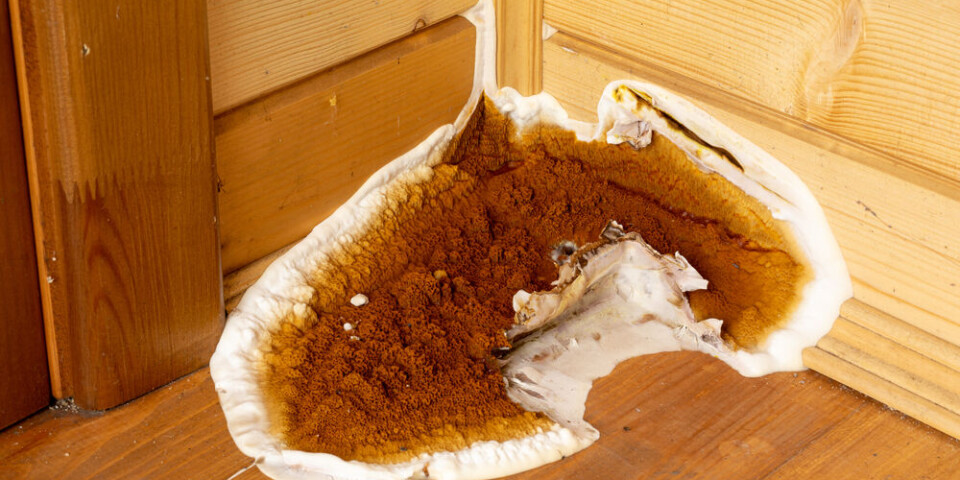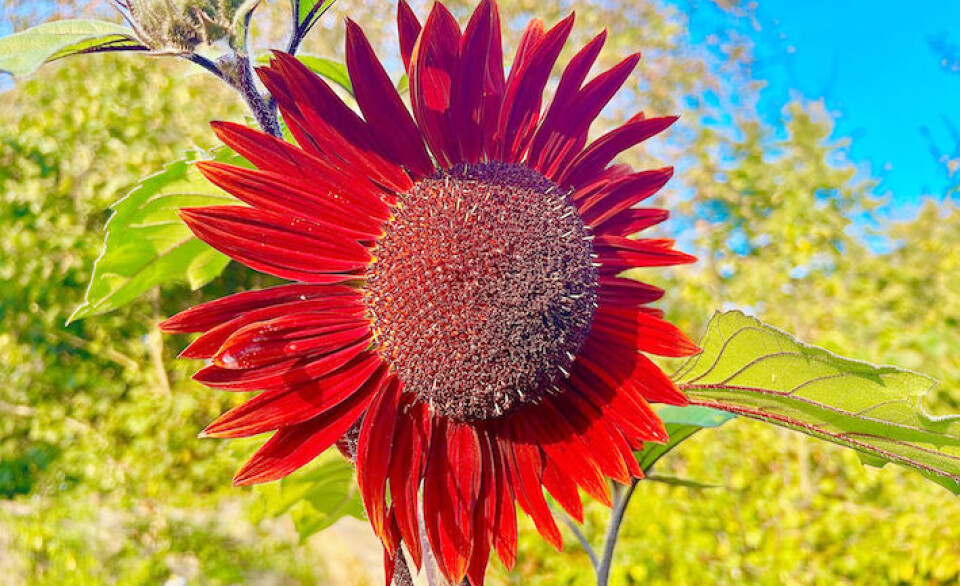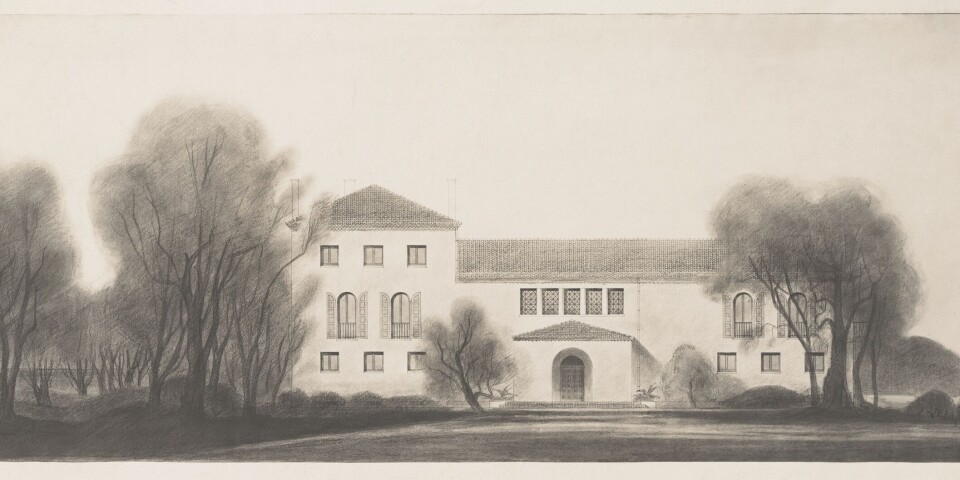-
GR, GRP, PR: What do the French hiking signs mean?
What are the coloured symbols on French hiking routes? Who paints them there and why?
-
Miss France: glam - but not sexy
Miss France organiser Geneviève de Fontenay fears she is fighting a losing battle to protect her 'Cinderella dream' from vulgarity
-
Normandy Landings visit for Queen
Queen Elizabeth has confirmed a state visit to France, ending rumours she is handing over duties to Charles
Pairing wines with good food
Champagne and cinnamon toast is not my cup of tea
“I hope the wine doesn’t make a mockery of the meal” is what a friend of mine always says before pouring the wine for dinner.
Since he’s a good cook, his concern is as charming as it is misplaced. But his comment raises the question of how to choose an “unassuming wine” that won't make a mockery of the meal; that will, in fact, complement it.
Wine writers do much hand-wringing over this issue. Attempts to educate palates have thrown up kaleidoscopic aroma wheels, like psychedelic periodic tables, and overly complex pairing charts riddled with skulls and crossbones and the warning: “Here be dragons”.
Yet, for all their efforts, identifying aromas remains difficult for many wine-lovers: like picking out a suspect, while blindfolded, from a line-up wearing masks. You can’t see what you’re looking for (the mystery fruit) and what you’re looking for is disguised (as wine).
And what’s the point of elaborate lists with precise advice on what complements nettle bavarois with smoked eel when most people don’t eat that sort of thing every day, anyway?
No wonder a supermarket survey recently reported that 74 per cent of shoppers buy wine for its price, 44 per cent choose it for its label, but only three per cent describe the pairing issue as “essential”.
Wine blogger Gary Vaynerchuck caused a hoo-ha recently when he paired wine with breakfast cereal on his Wine Library TV internet show. He describes the Cap’t Crunch ’n’ Spätlese Riesling a pinnacle pairing; the Chardonnay ’n’ Cinnamon Toast Crunch is almost as good, though he is disappointed with demi-sec Champagne ’n’ Lucky Charms.
It’s impressive and intimidating to hear Vaynerchuck gush about the 23 aromas he’s getting but, unless you’re a wine-loving infant who can’t get through breakfast without a glass of something, his advice is of little utility.
Does he really believe wine goes with anything? Chewing gum? Toothpaste? And the traditional enemies of wine: eggs, artichokes, smoked salmon, vinaigrette, fresh fruit salads, chocolate, ice-cream and emulsified sauces?
Watching Vaynerchuck chomp on spoonfuls of Cap’t Crunch, it occurs to me: this isn’t really a food pairing, this is a wrestling match. The cereal’s papaya notes pummelling the wine’s guava hints on the mid-palate. What he needs is a cleansing cup of tea to wash the sickly, blue lucky-horseshoe and soggy Champagne cookie-dough carnage off his palate.
But a cup of what? White, green, red or black? I asked Japanese tea lady Madame Kiyoko for advice at her boutique Cipango (Marco Polo’s word for Japan) in Perpignan.
“Maddeningly,” she says, wringing her hands, “wine critics influence how tea people talk about pairing. Lists match tea with food too precisely. And questionable inherited wisdom prevails. Why would you match smoky Lapsang Souchong with smoked salmon?” (The tea equivalent of the curiously popular pairing of unctuous Sauternes with fatty foie gras).
And yet, on one list, Darjeeling goes with almost anything: it’s the Merlot of teas. How can that be? “Few pairings are wrong,” Kiyoko says. “If in doubt, apply the principle of inverse effort. If the food has complex, intense flavours,
choose a tea with a simpler profile. And vice-versa.”
And if the tea turns out to be a “cheeky little cuppa” that makes a mockery of the meal?
“You can regulate the intensity and complexity of tea with infusion time,” she advises. That’s why Darjeeling goes shamelessly with almost any dish. Make it strong and it’s perfect with fish ’n’ chips, the tannins in the tea cavorting with the vinegar’s acidity without strangling the tongue.
Similarly, you can modify a wine’s “amusing presumption” by changing its temperature. Chill a wine to tame bold flavours, or subdue tannins. To accentuate a wine’s acidity, again, chill it. Even a Merlot can be tricked into complementing spicy Indian food by chilling.
Kiyoko became beetle-browed when I asked her to try Cap’t Crunch ’n’ Spätlese. Not her cup of tea. She recommends English Breakfast, or a tea from the same region as the cereal. But where on earth is Cap’t Crunch from?
Jonathan Healey is the author of The Wines of Roussillon (Trabucaire) and Discovering Wine Country: South of France (Mitchell-Beazley). He hosts wine tours and tasting events in the Roussillon. www.jonathanhealey.blogspot.com


